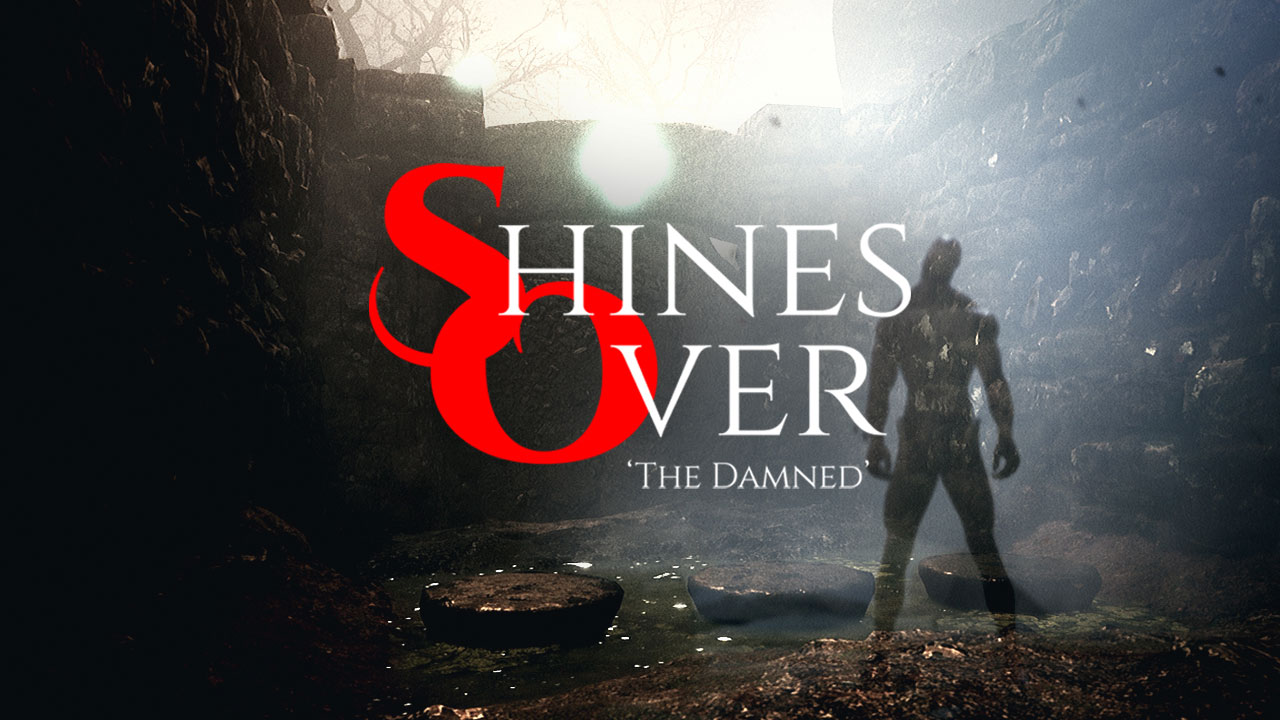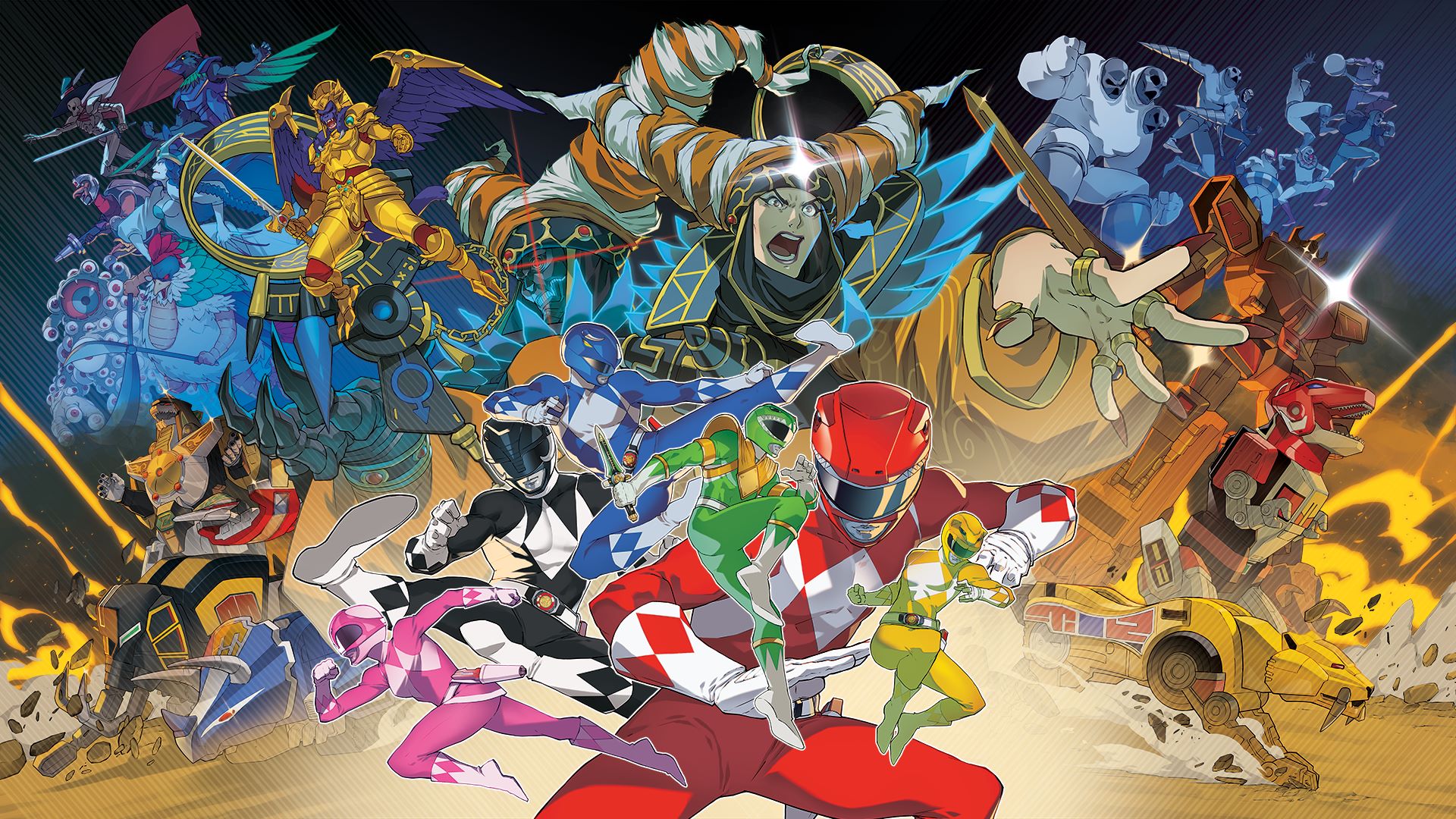Quadroids, developed by Blue Loop, is a puzzle game with a screen split into four and the challenge of knowing which one to look at at any time.
Quadroids are coming to destroy our brains. Developed in France by a single person, Blue Loop creates a puzzle game in which an egocentric AI sends its androids to die in phases divided into four simultaneous segments. Our head is not prepared, fortunately our servants are infinite.
Minions, minions, putties. In the previous Xbox Community Podcast, there was a mini-debate about what to call those nasty service workers who are only as strong as their numbers. The large number of individuals makes them replaceable and easy to sacrifice by throwing them against traps, heroes and more. In Quadroids, we “manage” these minions. Does that make us the bad guys? Good, So far no one has been killed…Humanity was dying out on its own and they sent an AI with an unlimited robot printer to see if they could find another planet to inhabit. The story of all Artificial Intelligences: for them, it is more logical to conquer the Universe than to help humanity.
Four screens, four buttons, two eyes, one bra in.
In Quadroids, phases are divided into four windows not placed in a correlative arrangement. Our vision is that of an AI seeing through 4 security cameras. From there and with the jumping mechanic alone, we must guide our minions. It’s as simple as going from point A to point D, via B and C. Only, it doesn’t always go from A to B or end at D. Confusing? Indeed, there is a piece of the puzzle.

The screen only starts when the player decides to do so. We have time to see, analyze and anticipate movements. Once the round has started, concentration must be absolute, everything happens very quickly. Putties are like lemmings, yes, but they want to end it. They will shoot forward from the starting gate and keep running until they reach the finish line or die.
Once the unstoppable action is launched, each screen is assigned a button (by default LB, LT, RB and RT). The only buttons used. They are used to trigger minions on this screen to jump. more confusing? Yes sir! This mechanic, along with the speed of the robots, is the most frustrating point at first. Quadroids has a fairly adequate difficulty curve. However, the fact of being aware of 4 screens and that the jump is done with 4 different but tons as well as the obstacles inherent in each phase make you want to press the controller more than once. And let’s not talk about it when there are several androids to pay attention to…
Jump, sacrifice, coordinate, repeat.
A gentleman called Shigeru Miyamoto He taught us that jumping is all we should do in a video game. Quadroids take this literally, being the only controlled movement of minions. But like the plumber, it’s the environment that offers you variety and pleasure. By jumping, in addition to crossing obstacles, they can bounce off walls to climb or change direction, propel themselves higher by jumping on objects… even die, to be useful to the next robot.
Soon we will have to assume that death helps. Unlike pink insects with green hair, this does not penalize Quadroids. It quickly becomes clear that this is a necessary resource to resolve a few phases. It is also a stress-generating element since at the same moment the robot dies, a new one emerges from the portal running and starting again. They are putties, we don’t have time to assimilate their death, we have to go through the phase. It is not in vain that in less than an hour I managed to kill 500 Quadroids. This cycle of death gives a lot of rhythm and dynamism to the execution (of the puzzle).

And it’s when the solution to the puzzle is revealed that the game shows that it’s actually a rhythm game. The real challenge is determining how far to look at each microsecond to achieve and execute the choreography perfectly. It’s a shame they didn’t reinforce this point with music. This does not, in my opinion, accompany the tense concentration that the game causes. I find the music very calm and does not follow the rhythm necessary to obtain the best result.
What’s the point of conquering the galaxy if no one finds out?
And that’s what makes AI human: the pride of achieving the best scores. Each phase has a duration and a number of pulses. If you don’t exceed this number, you get medals. It’s one thing to solve the puzzle, another to make it perfect. Quadroids has quite a bit of replayability in that sense. It wants the player to improve, but it’s also a game about outperforming other players with global and friendly tables.

The peak is assured. It also has a cooperative multiplayer mode in which the buttons and therefore the responsibility are distributed. It can be easy or hellish. I didn’t get to try it, but if I blame myself, I don’t even want to imagine what might come out of my mouth when it’s someone else screwing up my game, or vice versa.
Conclusions.
Quadroids is a simple and seemingly repetitive game. But there is a lot of depth. At least twice a world he has brilliant ideas. Getting through each phase is okay, but it leaves a bad taste in your mouth. Doing it well involves sweating, repetition, and in some cases, double vision and headaches. It is very demanding and leaves little time to rest.
I have already commented on the music section. Maybe with music more suited to the pace of the game it would improve, but it could also cause heart attacks due to the franticness of certain phases. I didn’t talk about the visual part because the pixel art is just okay.
He’s a fun little hellion, who knows how to jab with the trident at just the right time. And the little devils love it.
Table of Contents










